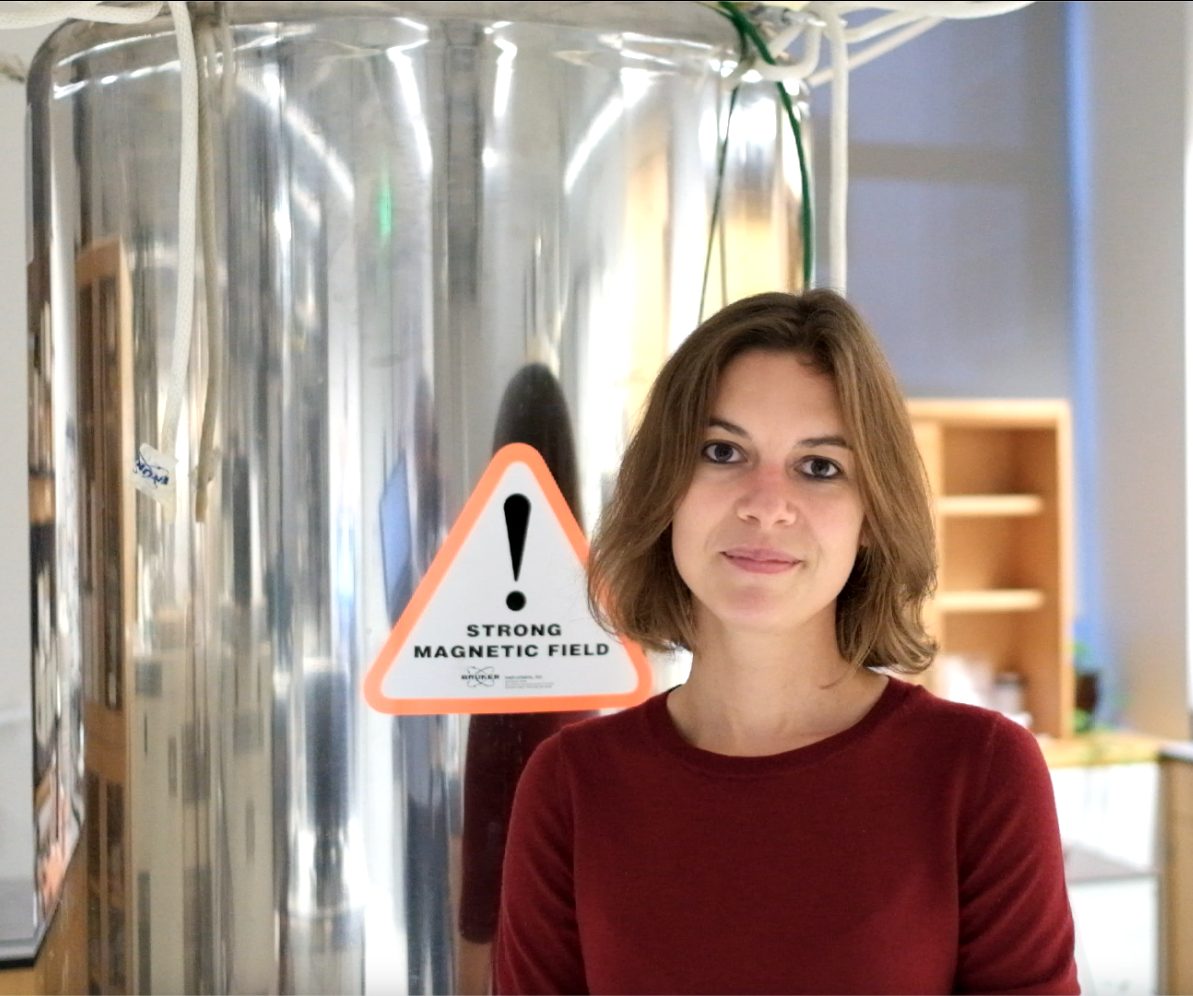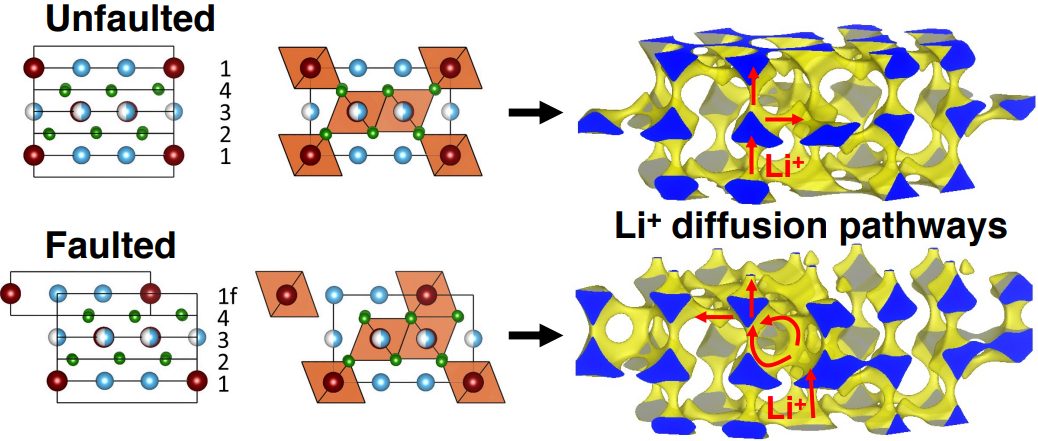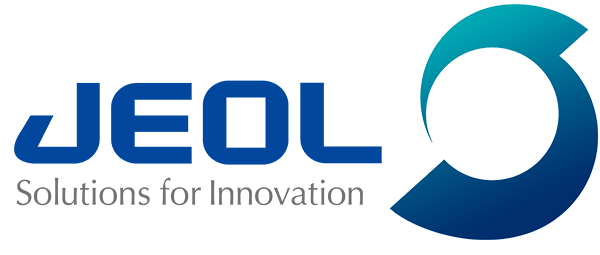Raphaële J. Clément
Professor
Materials Department
University of California, Santa Barbara, U.S.
Date: October 27, 2021
Time: 1300h ET
Sponsors: Hiden Analytical, Royal Society of Chemistry, American Chemical Society Materials Letters, JEOL USA, Inc.
The development of next-generation solid state ion conductors hinges on an understanding of microscopic diffusion mechanisms and the identification of roadblocks along macroscopic diffusion pathways (e.g., intragrain defects and grain boundaries). At the microscopic scale, ion conduction relies on transient short-range interactions between the diffusing and framework ions, and on the connectivity of the diffusion sites, hence, on the local structure and composition. Two common assumptions in the design of solid electrolytes are that: 1) the absence of planar defects in the bulk of crystalline inorganic electrolytes; and 2) rapid polymer chain rearrangements (segmental motion) in polymer electrolytes; are required for fast ion diffusion. Yet, our recent work on Li- and Na-ion conducting rock salt halide electrolytes and polymeric ionic liquids demonstrates that these rules are relaxed for specific composition-structure combinations, such that fast ion diffusion on the order of mS/cm can be obtained in rock salt halides containing a significant fraction of planar defects, and in semi-crystalline polymeric ionic liquids. Using a combination of electrochemical impedance spectroscopy (EIS), solid state nuclear magnetic resonance (ssNMR), pulsed field gradient NMR (PFG-NMR), NMR relaxometry, and first principles calculations, we provide a multiscale understanding of ion diffusion processes and link these findings to local structure features, crystallinity, and materials synthesis/processing conditions.
Benefits of attending the webinar
- Learn about links between local structure and fast ion transport in rock salt halide and polymeric ionic liquid electrolytes;
- Understand the relationship between materials synthesis/processing, metastability, and ion conduction;
- Discover how complementary NMR, EIS, and DFT tools can provide a multiscale overview of solid state ion conduction.
Raphaële J. Clément
 Raphaële Clément is an Assistant Professor in the Materials Department at the University of California, Santa Barbara (UCSB), U.S. She received her PhD in Chemistry in 2016 from the University of Cambridge, UK, working under the supervision of Prof. Clare Grey. Her doctoral work focused on the study of layered sodium transition metal oxide cathodes for Na-ion secondary batteries. She then joined Prof. Gerbrand Ceder’s group at the University of California, Berkeley (UC Berkeley), U.S., focusing on cation-disordered rock salt oxyfluorides for Li-ion battery applications. She joined the UCSB faculty in 2018. Her primary research focus is the development and implementation of magnetic resonance techniques (experimental and computational) for the study of battery materials and beyond, with a strong emphasis on operando tools. She is an Associate Editor for Battery Energy, a new open access journal by Wiley.
Raphaële Clément is an Assistant Professor in the Materials Department at the University of California, Santa Barbara (UCSB), U.S. She received her PhD in Chemistry in 2016 from the University of Cambridge, UK, working under the supervision of Prof. Clare Grey. Her doctoral work focused on the study of layered sodium transition metal oxide cathodes for Na-ion secondary batteries. She then joined Prof. Gerbrand Ceder’s group at the University of California, Berkeley (UC Berkeley), U.S., focusing on cation-disordered rock salt oxyfluorides for Li-ion battery applications. She joined the UCSB faculty in 2018. Her primary research focus is the development and implementation of magnetic resonance techniques (experimental and computational) for the study of battery materials and beyond, with a strong emphasis on operando tools. She is an Associate Editor for Battery Energy, a new open access journal by Wiley.
Learn more about upcoming ECS Webinars and review our previous webinar recordings.
We thank our webinar sponsors who make these complimentary programs possible.
Interested in presenting in the ECS Webinar Series? Email your presentation title and abstract to education@electrochem.org for consideration.



